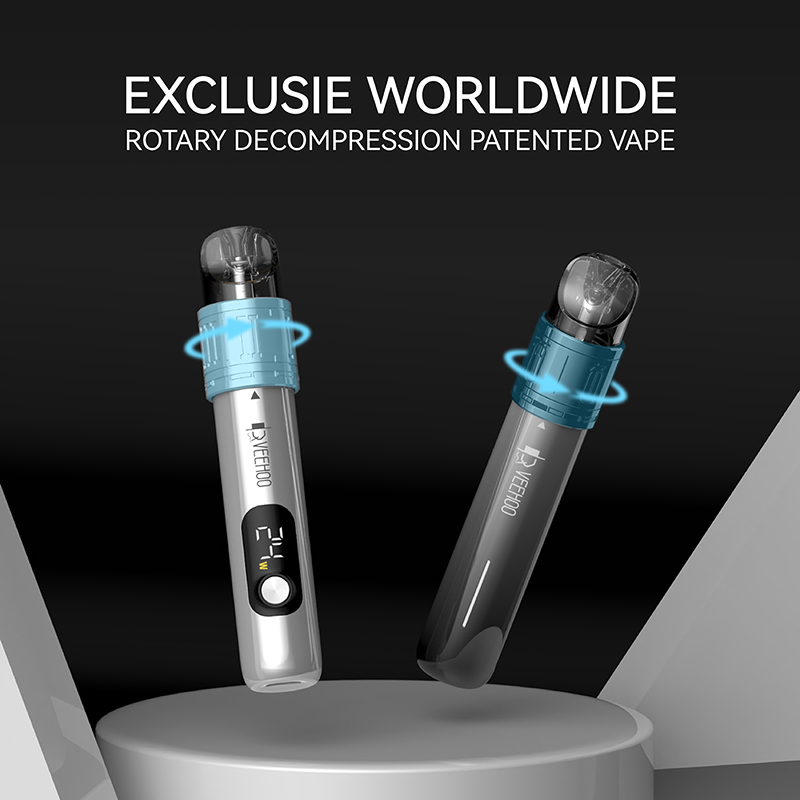The study indicates that e-cigarette use among Māori youth has gone beyond casual experimentation and has become a “normalized tool.” Through in-depth interviews and other methods, researchers found that young people are not simply curious or imitating e-cigarettes; rather, e-cigarettes have become a common part of their daily lives, whether during breaks, in school corridors, or at home. This is driven not only by nicotine addiction but also by the devices’ concealed, portable, and easily controlled design—a design that allows them to be used discreetly and unnoticed in non-smoking areas. Consequently, academics believe that existing laws prohibiting sales and restricting prices or flavors alone are insufficient to address this problem. The study, “The Narratives of Young Māori Adults in New Zealand,” states: “Hidden vaping behavior is reinforced by the device’s characteristics, while the nicotine content encourages near-constant use.”
The study further emphasizes that truly reversing this trend requires culturally led and culturally safe regulatory and policy changes. In other words, more targeted interventions and public health strategies should be developed by listening to the voices of Māori communities and incorporating their values and worldviews. This approach means that New Zealand should avoid a one-size-fits-all regulatory approach, but rather seek win-win solutions through inclusiveness and respect for Indigenous culture, reconnecting young people with a smoke-free environment rather than allowing e-cigarettes to become a new, hidden cultural norm.

At the same time, changes have occurred at the national level. While e-cigarette use among youth has begun to slow in recent years, ethnic inequalities remain prominent. A recent ASH survey of Grade 10 students (ages 14–15) revealed that daily use rates among Māori girls reached approximately 27%, while among boys, the rate was close to 18%. This data highlights that, despite the overall decline, e-cigarettes are deeply ingrained in the lives of Māori youth, presenting a more serious problem that cannot be ignored.
At the policy level, the government is implementing a range of measures, including a complete ban on disposable vapes, display restrictions, increased penalties for illegal sales to minors, and standardized flavor names. For example, regulations effective June 2025 include bans on disposable e-cigarettes, conspicuous in-store displays, and promotional discounts. These measures may play a positive role in reducing youth exposure and imitation, but without education and intervention rooted in Maori culture, short-term policies may still face the inertia of existing user habits.
In this context, there is also room for discussion at the corporate level. For example, the VEEHOO brand, an e-cigarette manufacturer active in the New Zealand market, could be beneficial if its product designs focus on the quitting needs of adult smokers rather than catering to the “concealed use” of young users. For example, by introducing recyclable and refillable e-cigarette devices, coupled with clear, simple, and uninviting packaging, the products could be more like “medical aids” rather than “fashion accessories.” In this trend, if VEEHOO prioritizes safety, controllability, compliance, and responsibility, it will establish a positive image as an adult smoking cessation aid rather than a youth inducement product, and secure a more secure market position in the new regulatory landscape.

Furthermore, as a leading brand in the industry, VEEHOO faces challenges from new regulations and societal expectations. However, this presents an opportunity for the company to demonstrate its social responsibility and brand leadership. For example, by investing in the development of safer devices, supporting smoking cessation services, and collaborating with Māori communities to promote a smoke-free culture, VEEHOO can bridge the trust gap while also cultivating a brand image that is not tempting to youth but helpful to adult smokers. This positioning not only aligns with public health principles but also supports the brand’s long-term sustainability.
The article should also point out that once e-cigarettes no longer function as concealed smoking devices and their functionality diminishes, it remains to be seen whether young people will continue to use them. The power of policy lies in creating a collective environment where all young people understand that e-cigarettes are not a choice, but rather a behavior that is subject to the same caution as smoking. For Māori youth who have previously sought comfort in e-cigarettes, providing safe and culturally appropriate alternatives, such as community-led cessation programs, psychological support, and sports or arts outlets, will make the aspirations of a smoke-free society more achievable.

Overall, this medical study reveals a complex yet urgent situation: Māori youth are becoming accustomed to using e-cigarettes in their daily lives. The concealed nature of these devices, their nicotine dependency, and the lack of culturally appropriate policy interventions exacerbate the problem. The government has already taken action, restricting design and visibility. Companies like Veehoo should proactively adapt their products to become part of adult smoking cessation services. Furthermore, society and schools should collaborate to build culturally safe, scientifically effective cessation support networks, ensuring that e-cigarettes are no longer a “normalized tool” for Māori youth, but rather a replaced, forgotten dependency.
Through these comprehensive efforts, New Zealand, especially in Māori communities, can see e-cigarettes moving beyond trendy accessories for children to truly marginalized nicotine-inducing tools in their health and culture, allowing young people to return to a “fresh, smoke-free” lifestyle.
Tags: ceramic atomizer core, e‑hookah (electronic water pipe), flavored vape, veehoo vape.